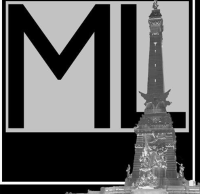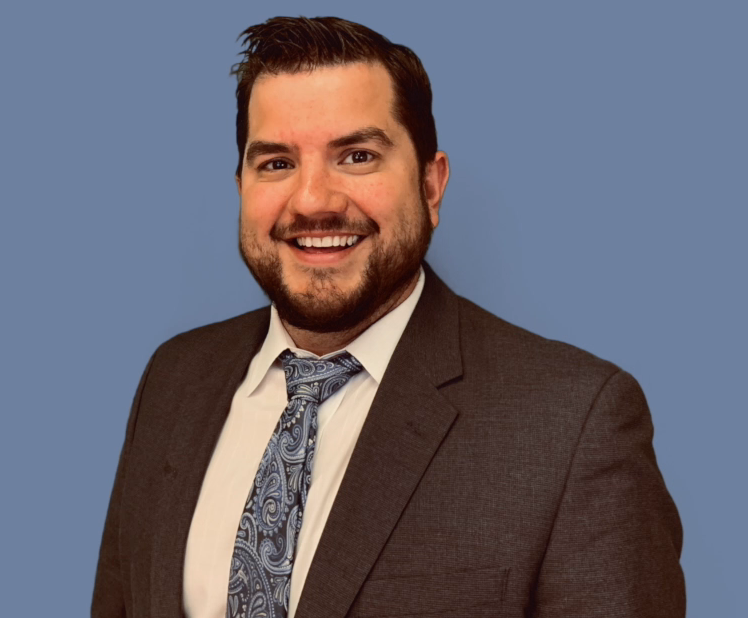When you’re involved in a car crash in Indiana, dealing with insurance can feel overwhelming. Understanding your insurance policy might not seem thrilling, but it’s one of the most powerful tools you have after a crash—especially if you’re considering legal action. As an experienced Indiana injury attorney, Marc Lopez is here to break down the essentials, helping you make informed decisions after a car crash.
Why Understanding Your Insurance Matters
Insurance policies can be complex and difficult to navigate, often filled with technical jargon that can be overwhelming. But when you’re in a crash, knowing what your coverage includes can make a significant difference. Whether you’re at fault or the victim, understanding your insurance declaration page can help you navigate the claims process and get the compensation you deserve.
Breaking Down the Declaration Page
Your insurance declaration page outlines the specifics of your coverage, detailing the types and limits of protection you have in place. This page serves as a quick reference for understanding what expenses your insurance will cover after a crash, helping you avoid unexpected out-of-pocket costs. Here’s a simple breakdown of what each section means and why it matters to you:
1. Bodily Injury Liability
This coverage protects you if you’re responsible for injuring others in a crash. It helps pay for the medical expenses, lost wages, and pain and suffering of the injured parties.
For example, if you’re driving and hit a bus full of 10 people, each person could receive up to $100,000 for their injuries under a 100/300 policy. However, your insurance will pay no more than $300,000 total for the incident. This means the $300,000 would need to be split among all injured parties, but no single person can receive more than $100,000.
2. Property Damage Liability
This coverage pays for the damage you cause to other people’s property, such as vehicles, buildings, or fences, in a crash.
For instance, if you cause a chain-reaction crash involving multiple cars and your property damage policy covers $25,000, your insurance will pay up to that amount for the total damages. If the total property damage exceeds $25,000—say, $50,000—you would be responsible for the remaining $25,000 out of pocket.
Protecting Yourself: Uninsured and Underinsured Motorist Coverage
3. Uninsured Motorist Coverage
If someone hits you and they don’t have insurance, your uninsured motorist coverage steps in. For example, if you have $25,000 in coverage, your insurance company will cover your medical bills and pain and suffering up to that amount. It’s essential to consider increasing this coverage to match your bodily injury limits for better protection.
4. Underinsured Motorist Coverage
If you’re hit by someone whose insurance doesn’t fully cover your expenses, underinsured motorist coverage makes up the difference. For example, if your medical bills are $30,000, but the at-fault driver only has $25,000 in coverage, your insurance could provide an additional $25,000 to cover your costs.
5. Uninsured Motorist Property Damage
If an uninsured driver damages your car, this coverage helps with repairs. For instance, if your car needs $25,000 in repairs, your insurance will cover that amount, provided you have the appropriate coverage.
Additional Coverage You Should Consider
6. Medical Payments Coverage
This coverage pays for medical expenses regardless of who’s at fault. For example, if you have $5,000 in medical payments coverage, it can help with immediate medical bills. This coverage is faster and more straightforward than traditional health insurance and can also make your injury claim more valuable.
7. Comprehensive Coverage
Comprehensive insurance covers non-collision-related damage, such as a cracked windshield or vandalism. This coverage ensures your car is protected from unexpected incidents.
8. Collision Coverage
Collision insurance covers damage to your car if you’re at fault in a crash. Even if you own your car outright, maintaining collision coverage is wise to protect yourself from costly repairs.
Why Higher Coverage Limits Matter
While Indiana state law requires a minimum of 25/50 for liability coverage, this is often insufficient. For comparison, many other states have similar minimums, but some, like Maine and Alaska, require higher limits of 50/100. Even in states with lower requirements, experts frequently recommend opting for higher coverage to ensure better financial protection in the event of a crash. An ambulance ride alone can cost around $3,000, and a trip to the emergency room can easily exceed $10,000. At Marc Lopez Law Firm, we recommend at least 100/300 in bodily injury liability coverage to ensure you’re adequately protected.
Specialized Driving Privileges and Insurance Requirements
If you’re seeking specialized driving privileges in Indiana, most judges will require you to have at least 100/300 in liability coverage. This ensures you’re adequately insured and can legally drive while your case is pending.
Need Help? Contact Marc Lopez Law Firm
Navigating insurance policies after a car crash in Indiana can be complicated, but you don’t have to do it alone. For example, many people find themselves frustrated when their claims are denied due to unclear policy language or overlooked details. Having an experienced attorney by your side can help ensure your rights are protected and that you receive the compensation you deserve. If you have questions or need legal assistance, contact Attorney Marc Lopez at 463-363-0588. Our team is here to guide you through the process and fight for the compensation you deserve.
Remember: When it comes to car crashes and insurance claims in Indiana, knowledge is power. Don’t let confusing policies stand in the way of your recovery—reach out today for experienced legal support.



